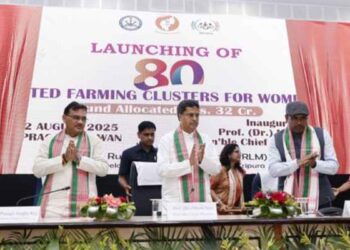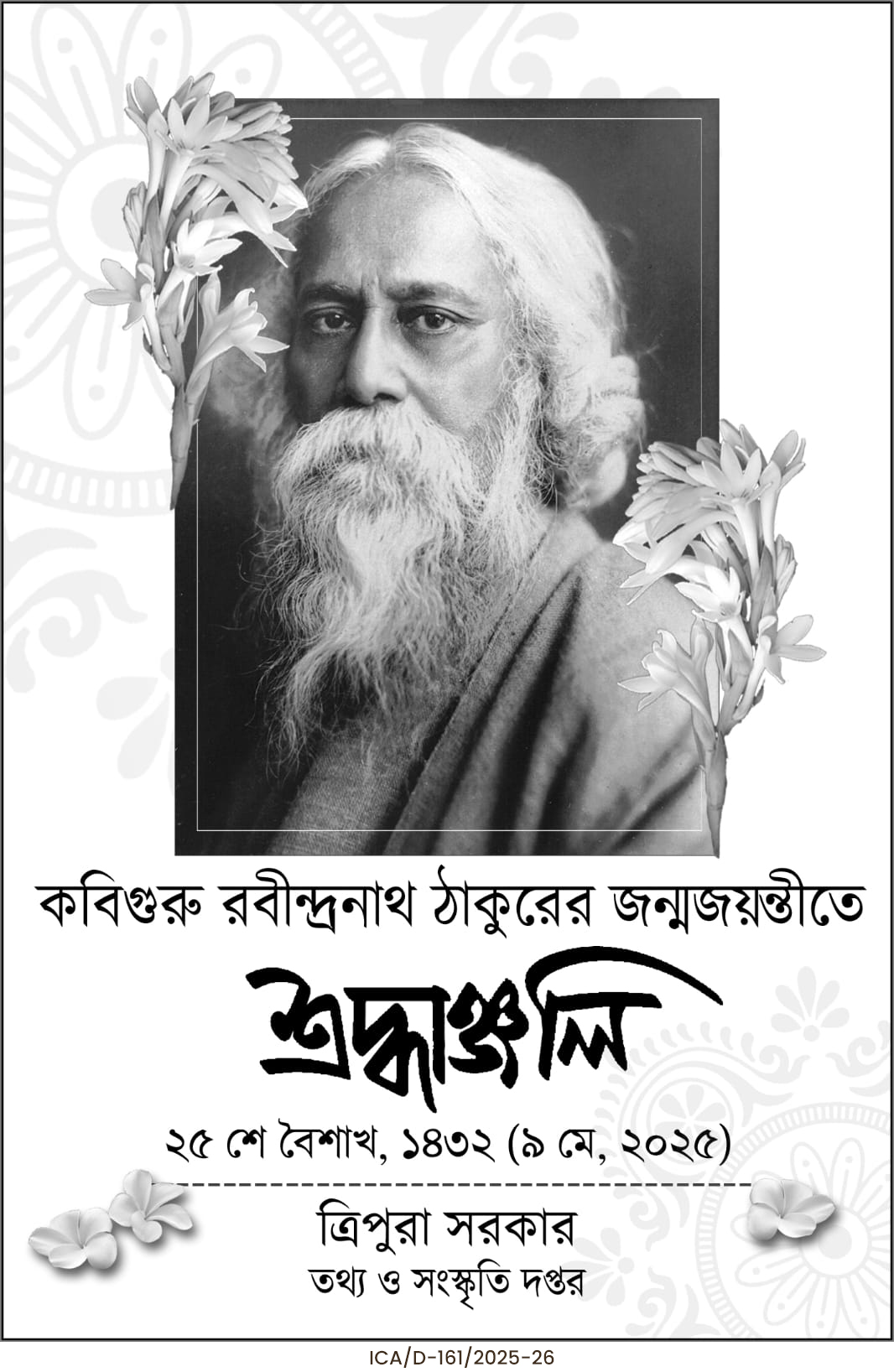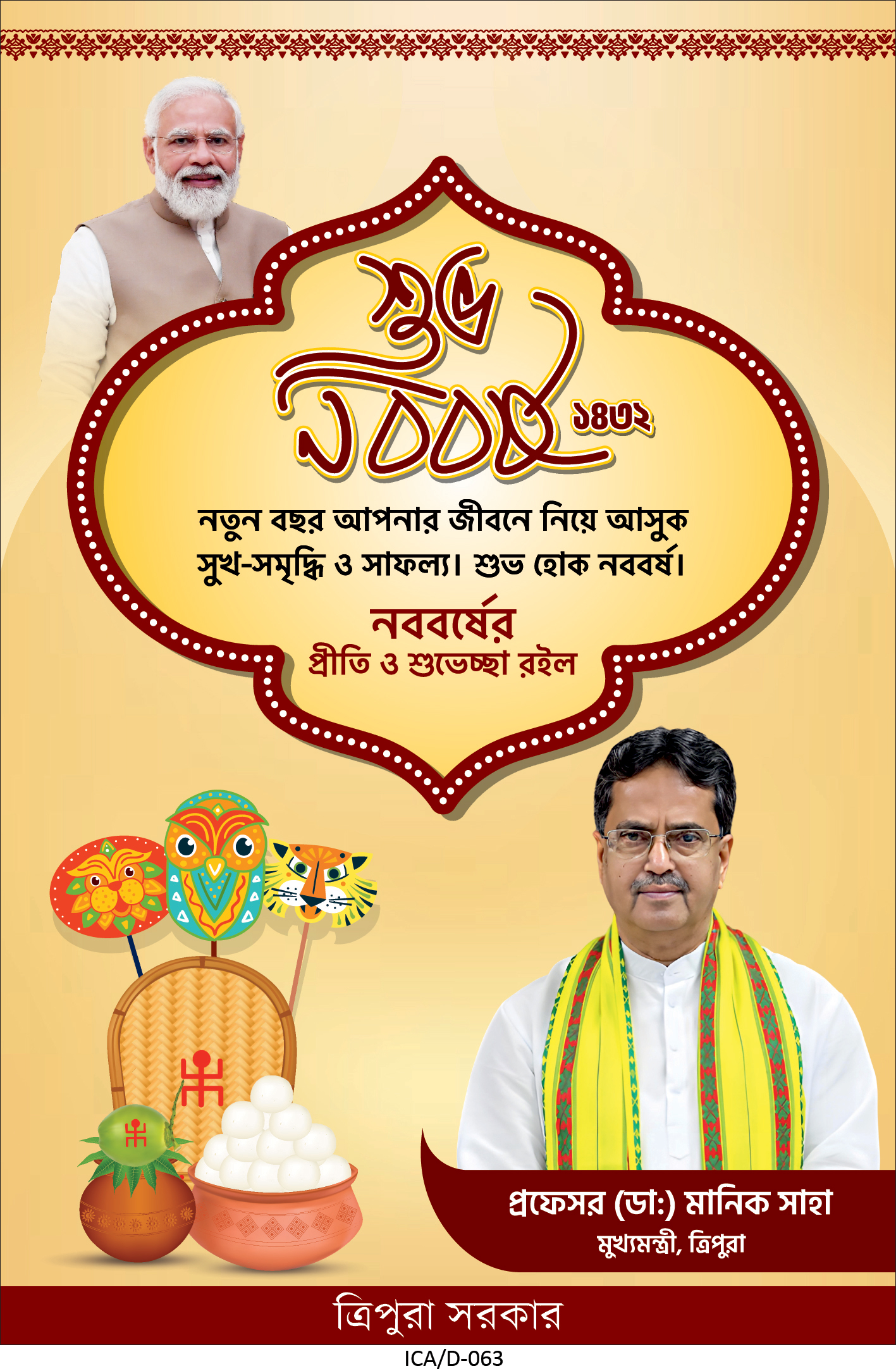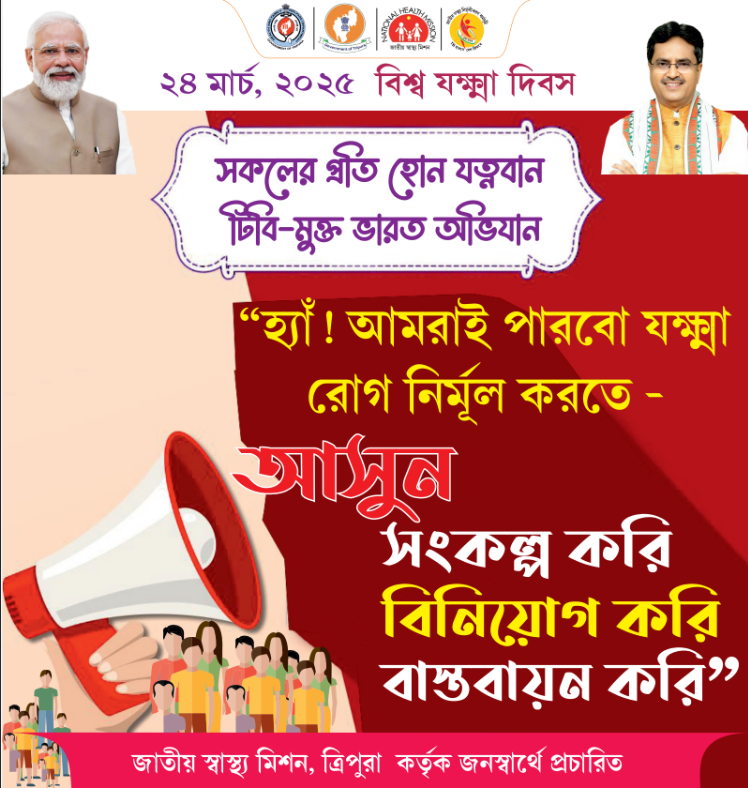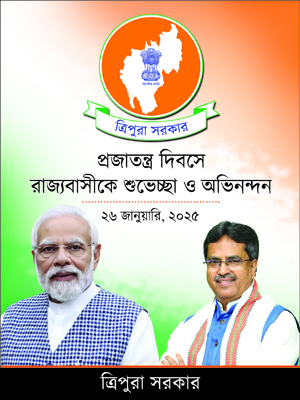Kiran Gitte showcased Tripura’s rapid economic progress, including a doubling of the Gross State Domestic Product (GSDP) in just six years. However, he emphasized that limited land availability, geographical isolation, and infrastructural constraints pose significant hurdles to maintaining this momentum.
Agartala, Aug 2: In a compelling presentation, Kiran Gitte, Secretary of Tripura’s Industries and Commerce Department and CEO of the Tripura Institution for Transformation, outlined the state’s remarkable economic achievements while candidly addressing the formidable challenges that threaten to impede its sustained growth.
Speaking at an Egrow webinar series on Friday, Kiran Gitte showcased Tripura’s rapid economic progress, including a doubling of the Gross State Domestic Product (GSDP) in just six years, outpacing the national timeline of ten years and soundness of the financial parameters of the State.
However, he emphasized that limited land availability, geographical isolation, and infrastructural constraints pose significant hurdles to maintaining this momentum.
Economic Achievements: A Small State’s Big Leap
Tripura, the third smallest state in India, has emerged as an example of economic progress in the Northeast. Gitte highlighted that the state’s GSDP has doubled since 2019, a feat that underscores the potential of smaller states to drive transformative growth. He attributed this success to strategic fiscal management and increased central government support.
Importantly, Gitte also revealed data ensuring the GSDP growth rate is backed by strong fiscal management and robust financial health.
The state has achieved a significant growth rate of over 16% annually in the last three years, narrowing the per capita income gap with the national average to just ₹13,000.
Tripura’s tax revenue has grown by 12.14%, driven by state GST, excise, and vehicle taxes, while non-tax revenues from oil, gas, and minerals like clay and sand have bolstered the economy. The state has also capitalized on central grants, which follow a 90:10 ratio for Northeast states, doubling its share of union taxes and grants over the past five years.
Fiscal discipline has been a cornerstone of Tripura’s success. Gitte noted that revenue expenditure has grown by only 37% over four to five years, averaging 9% annually, despite the 16% growth rate.
Capital expenditure, critical for economic development, has nearly doubled, rising from ₹1,776 crore in 2019-20 to ₹4,500 crore in 2024-25.
The state has reduced its debt-to-GSDP ratio from 39% in 2021 to 26.48%, avoiding heavy borrowing and off-budget financing. The fiscal deficit has been slashed from 6% in 2019-20 to under 1%
The state has reduced its debt-to-GSDP ratio from 39% in 2021 to 26.48%, avoiding heavy borrowing and off-budget financing. The fiscal deficit has been slashed from 6% in 2019-20 to under 1%, earning praise from the Finance Commission, which lauded Tripura’s financial management as among the best in the country.
Digital governance has been a game-changer, saving over ₹100 crore annually by reducing paper-based processes and enhancing transparency. From cabinet to gram panchayat, Tripura has embraced digital transactions, setting a national benchmark.
Gitte also highlighted the state’s social justice efforts, with 39% of expenditure allocated to tribal areas, home to 34% of the population, and strong local governance through vibrant panchayats and an autonomous district council.
Challenges to Sustained Growth
Despite these achievements, Gitte was forthright about the challenges threatening Tripura’s economic trajectory.
The most pressing is the limited availability of land, with only 26% of the state’s area suitable for cultivation due to a 73% forest cover and hilly terrain.
“This severely restricts our agricultural and industrial potential,” Gitte explained, noting that the state’s geography complicates economic expansion.
Tripura’s remote location, 1,565 km from Kolkata by road or rail, adds another layer of difficulty. The state’s industries, such as rubber (where Tripura is India’s second-largest producer) and bamboo, face high transportation costs for raw materials and finished goods.
“We produce in surplus, but moving goods to mainland markets is cost-prohibitive,” Gitte said, citing the example of rubber and bamboo products.
The state’s short working season of four to five months further hampers productivity.
The lack of local resources like stones, steel, and cement, often imported from Bangladesh, inflates the per capita cost of public services. A shortage of skilled labor, due to limited industrial exposure and technical institutes, poses another hurdle.
Gitte also pointed to archaic governmental structures and processes, which the state is actively reforming to improve efficiency.
Strategies for a Viksit Tripura
To overcome these challenges, Tripura is focusing on four key areas: land, labor, finances, and governance. Modernized agricultural practices and urban reforms are maximizing the use of limited land, particularly along the western border. Labor skilling initiatives include teaching foreign languages and facilitating overseas employment opportunities.
Financial optimization continues through prudent fiscal policies, while governance reforms emphasize digital transactions and reduced compliance burdens.
Tripura has partnered with premier institutions like IIM Kolkata, ISI Kolkata, and IIM Ahmedabad to build capacity and establish new institutes for modern governance and urban utility management.
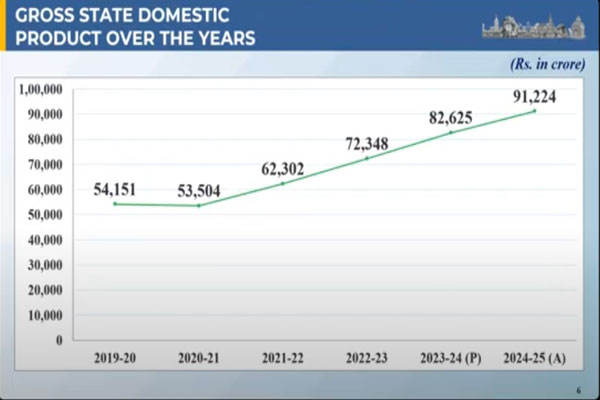
Sectoral policy reforms and digital governance from the cabinet to the grassroots have streamlined operations, earning accolades from visiting officials.
Gitte outlined Tripura’s ambitious vision to align with Viksit Bharat, aiming to increase per capita income from $2,300 to $18,000, requiring a massive leap.
Projections indicate sustained GDP growth of 14-16% annually, driven by strategic investments and reforms. The state is also exploring mineral resources like rare earths and limestone to diversify its revenue base.
A Call to Action
Kiran Gitte concluded with an invitation to visit Tripura, highlighting its natural beauty, rich heritage, and cultural landmarks like the Unakoti rock sculptures and Tripura Sundari temple.
“Our state is not just an economic story but a cultural gem with a 144-year legacy of the Manikya dynasty,” he said. He urged stakeholders to engage with Tripura’s vision.











